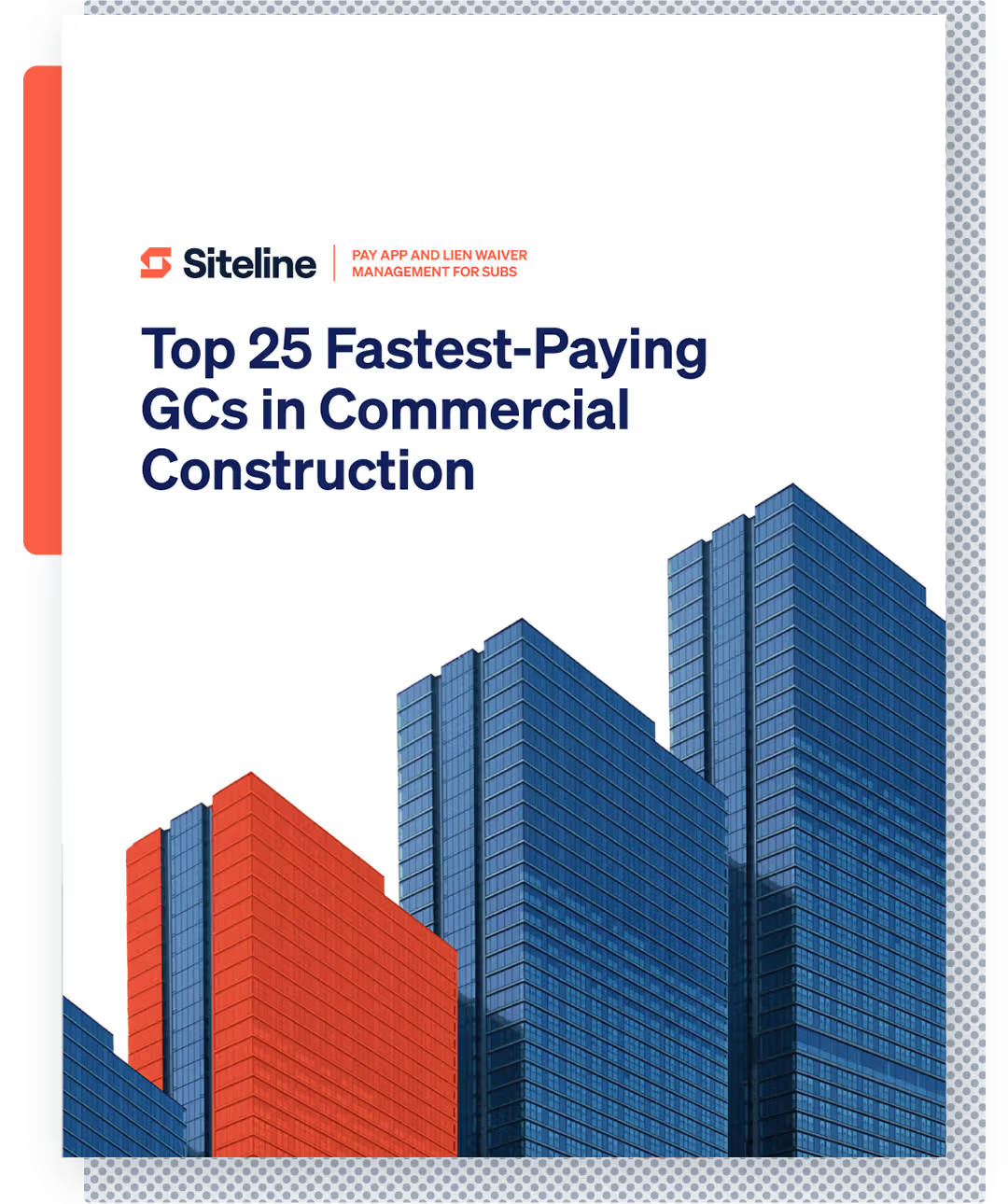Cost of Goods Sold (COGS)
What is Cost of Goods Sold (COGS)?
Cost of Goods Sold (COGS) in the construction industry represents the direct costs associated with the production of goods or services that a company sells. These costs may comprise the cost of raw materials such as lumber, steel, concrete; direct labor costs; storage costs, and direct utility costs. It can also include direct expenses like subcontractor costs, labor burden (i.e., benefits, insurance, taxes related to employee wages), material costs, and equipment costs that are directly attributable to a project's completion. COGS does not include indirect expenses such as sales and distribution costs or overhead costs such as office rent and utilities. In essence, COGS in construction is directly tied to specific projects and is a key factor in determining a project's gross profit and thus a company´s profitability.
Trusted by trade contractors across the country













Other construction terms
What is a Pay-When-Paid Clause?
What are Liquidated Damages?
What is an Equity Turnover Ratio?
Ready to end the fire drill and get paid faster?


.svg)
